Wind damage to hardwoods in Beryl Anthony Lower Ouachita WMA amplified by ‘wet feet’
ON 02-03-2021
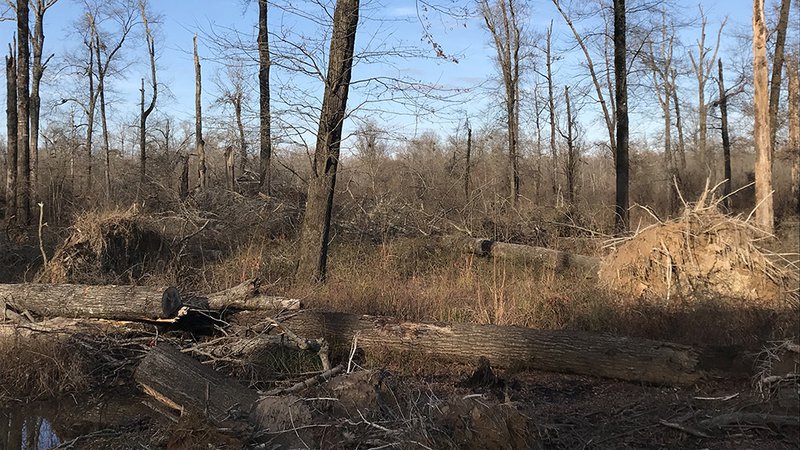
Feb. 3, 2021
Randy Zellers
Assistant Chief of Communications
HUTTIG — Arkansas Game and Fish Commission Wildlife Management Division staff have been busy clearing and picking up the pieces of last year’s hurricane season and will be working well into the future thanks to the combined effects of straight-line winds and years of overbank flooding at Beryl Anthony Lower Ouachita Wildlife Management Area on the Arkansas-Louisiana state line.
Two tropical storms that came through Louisiana caused straight-line wind events that toppled mature trees on the area, dropping more than 40 across a 5-mile section of Clear Lake Road, a popular road for hunters and anglers who use the WMA. Hundreds more mature hardwood trees lay dead throughout the forest. This area has seen high wind events before, but biologists believe the devastation can be traced back to the tree’s roots — or lack thereof.
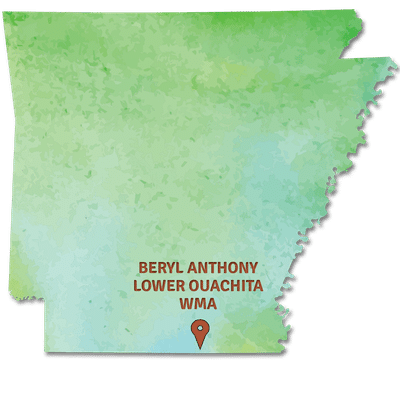
“Many of these trees were windthrown, but there’s much more to it than what you see on the surface,” Mark Hooks, AGFC wildlife management supervisor over the area, said. “When you see the root systems of the trees that were blown down, they were in very poor condition from many years of overbank flooding.”
Hooks says the last few years have seen increases in the water flowing into the WMA through the Ouachita and Saline rivers. The Ouachita has seen several periods of overbank flooding during the growing season, which likely helped cause the damage to the trees’ roots, particularly in the red oak species that are less tolerant to flooding and provide valuable food sources for wildlife.
“It goes further than the trees that fell,” Hooks said. “The health of a 4,000-acre swath of forest is seeing the impact of too much water. In the 1990s, this area was so productive that it was a collection site to gather Nuttal oak acorns for propagation. But if you looked at pictures of then and now, you wouldn’t even recognize it as the same area. What was once an open understory beneath bottomland hardwoods is covered in downed trees and limbs.”
Garrick Dugger, AGFC assistant chief of wildlife management, says the damage is similar to that seen in many of the bottomland hardwoods in WMAs experiencing sustained flooding in recent years.
“We saw damage like this at Dave Donaldson Black River WMA, Hurricane Lake WMA, and we’re seeing damage like this at Bayou Meto,” Dugger said. “Now we’re seeing it down here.”
The causes behind the increased water flowing through the Ouachita River into Beryl Anthony are not yet clear to biologists, but they have identified drainage corridors that have become clogged which could make the problem even worse.
Rob Willey, habitat coordinator who manages the AGFC’s forestry program, says a portion of the area had been marked for a selective harvest, but for four consecutive years contractors had to leave the area because the flooding saturated the ground and prevented their equipment from entering. More than 70 percent of the mature trees marked for removal to open up the canopy died and were on the ground by the time contractors could access the area.
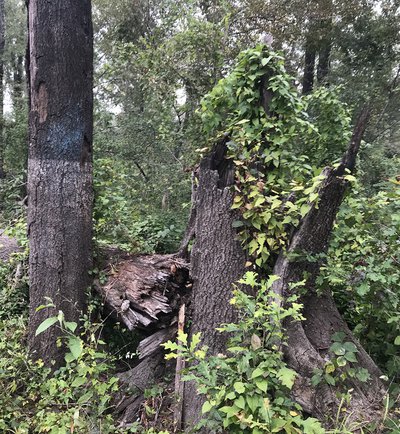
“They were too far gone for even a salvage operation, and there’s not much we can do for it but allow them to deteriorate where they are,” Willey said.
According to Willey, there is hope for the future if the water issues subside.
“The flooding for the most part was not stagnant water, like what we saw on [Henry Gray Hurricane Lake], and we’re seeing some excellent regeneration in red oak seedlings sprouting up where the fallen trees have allowed sunlight to hit the ground,” Willey said. “Much like when we do a select cut, the trees removed from the system made room for the next generation of forest. We need to do whatever we can to help this next generation of the forest get established.”
Dugger says plans are underway to do just that.
“We are adjusting budgets and working to get contractors on the area to mulch all the debris clogging the drainage corridors,” Dugger said. “But it’s sort of like falling dominoes. All those trees we lost add to the debris that can clog the system in the future, so we’re going to have to come up with long-range as well as short-term plans to restore the drainage in the system.”
Even with the mulching, there may be a larger problem at play with drainage further downstream, in Louisiana. If there’s nowhere for the water to flow to, clearing the drains on Beryl Anthony won’t have the effect needed to move water off the area quickly.
Jennifer Sheehan, chief of the AGFC’s Environmental Coordination Division says a larger effort is in the works to look at the function of the entire Ouachita River basin, from Lake Ouachita in west-central Arkansas to the Atchafalaya in Louisiana.
“As Garrick mentioned, we are seeing forest mortality across the state along many of our large rivers and the Ouachita is no exception,” Sheehan said. “Beryl Anthony together with Felsenthal, Upper Ouachita, D’Arbonne, Black Bayou, Catahoula National Wildlife Refuges, Russell Sage, Boeuf, and J.C. “Sonny” Gilbert Dewey Wills Wildlife Management Areas make up over 300,000 acres of bottomland forest and wetland habitat that needs attention.”
Sheehan says the AGFC is working with our partners, including the U.S. Fish and Wildlife Service, the Army Corps of Engineers-Vicksburg District, the Louisiana Department of Wildlife and Fisheries, and the Ouachita River Valley Association to initiate a watershed study that will identify the problems within the basin and suggest potential management solutions that will benefit the entire river in both states.
“Solutions to watershed problems are never as simple as pulling a drain or installing a pump,” Sheehan said. “This is a problem that will take many agencies and many components if we are going to come up with a solution that will be more than a temporary fix.”

Recent News
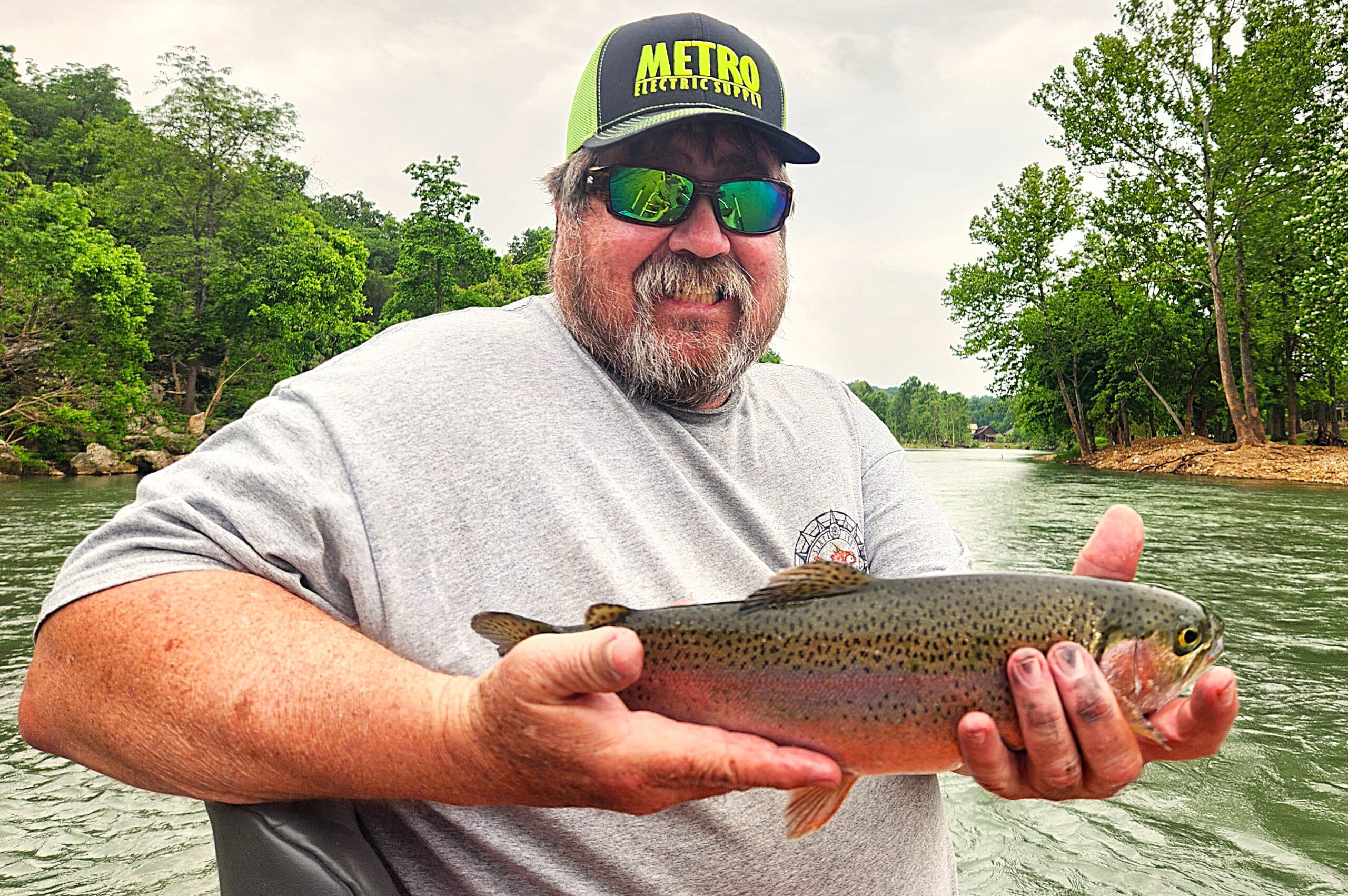
Arkansas Wildlife Weekly Fishing Report
Jun. 26, 2025
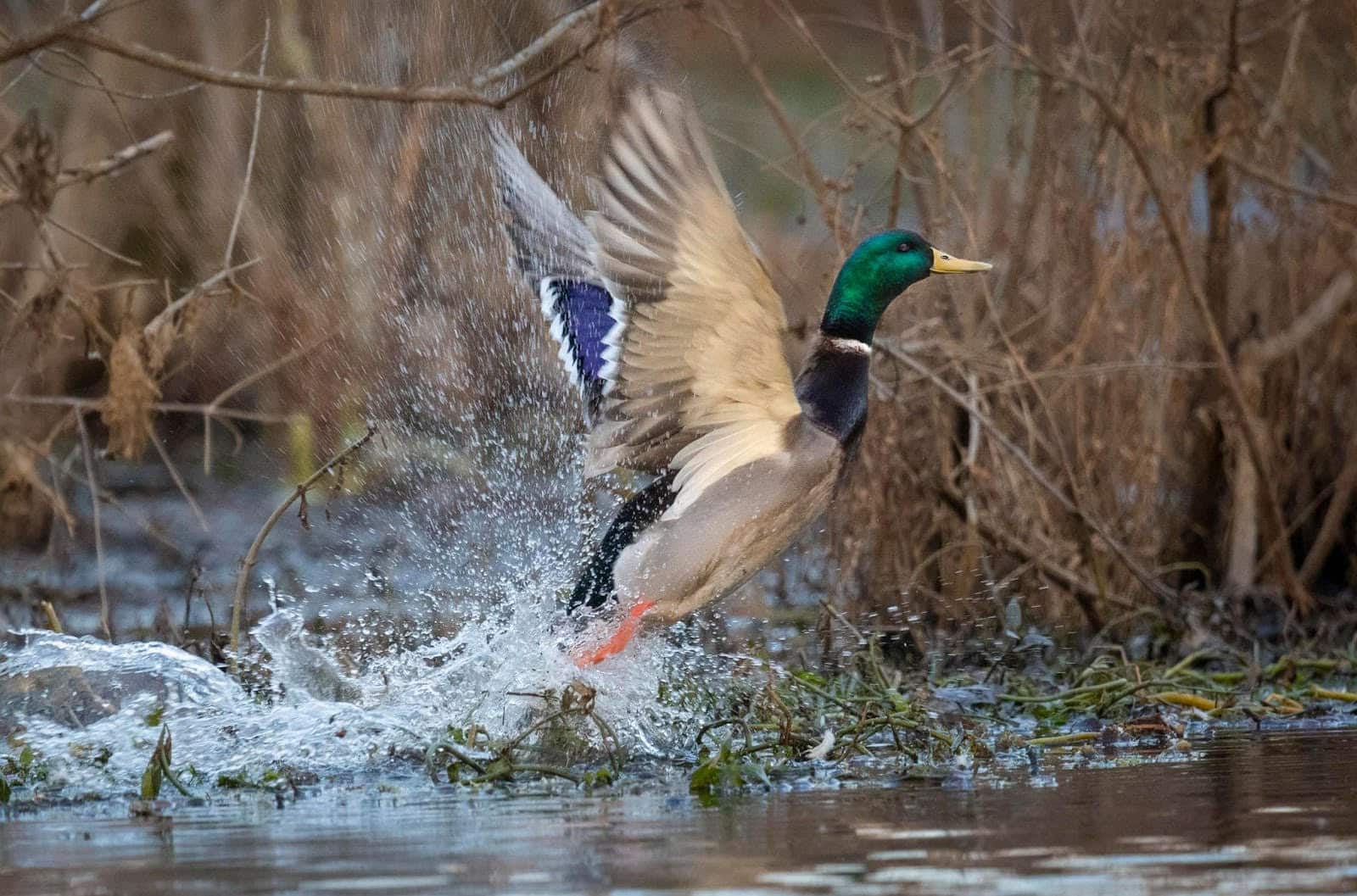
2025-26 Federal Duck Stamp reveal Friday
Jun. 26, 2025
Subscribe to Our Weekly Newsletter E-mails
Don’t miss another issue. Sign up now to receive the AGFC Wildlife Weekly Newsletter in your mailbox every Wednesday afternoon (Waterfowl Reports are published weekly during waterfowl season and periodically outside the season). Fishing Reports arrive on Thursdays. Fill in the following fields and hit submit. Thanks, and welcome!
